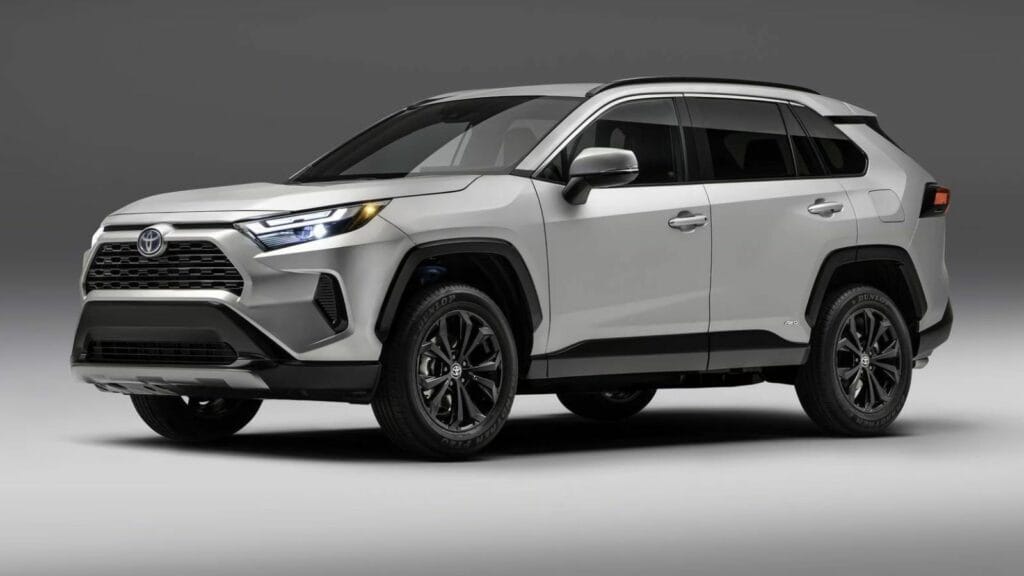Thanks to ongoing supply chain disruptions, vehicles that were once reliable now risk becoming long-term garage ornaments. From computer chips and batteries to bumpers and windshields, global shortages are stranding even mainstream models at dealerships and repair shops. Whether it’s an oil filter from Germany or a sensor from Japan, the problems range from delays, backorders, and rising costs. Here are 20 cars whose parts are now stuck in supply chain chaos:
Ford F-150
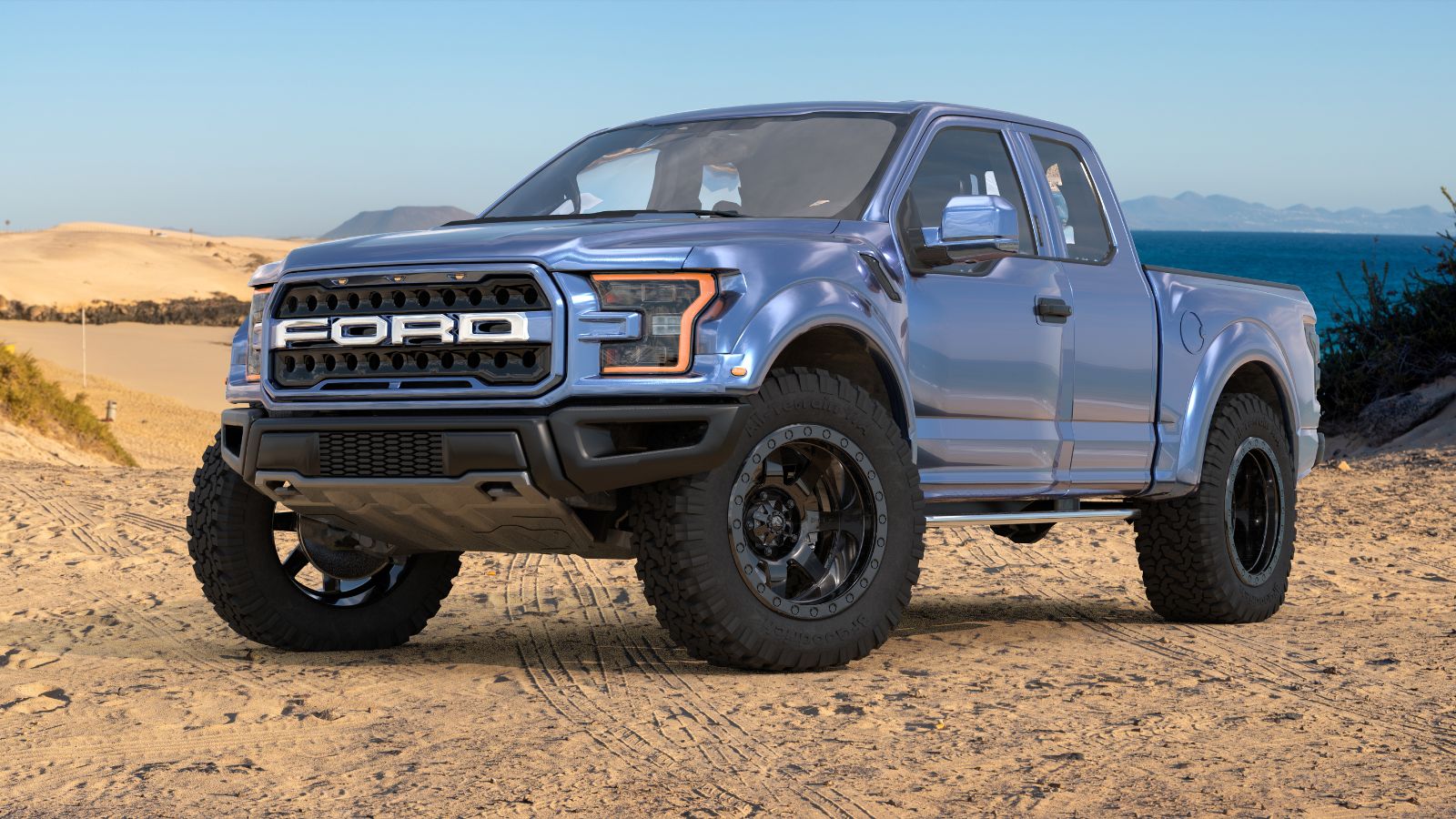
Canada’s best-selling truck is now bogged down in backlogs. Owners waiting for essential parts, like control modules, tailgate actuators, or powertrain sensors, are facing delays stretching weeks or even months. Much of the F-150’s tech-heavy hardware is sourced globally, and chip shortages have only worsened the issue. This is particularly painful for contractors and small businesses that rely on the F-150 as a workhorse.
Toyota RAV4
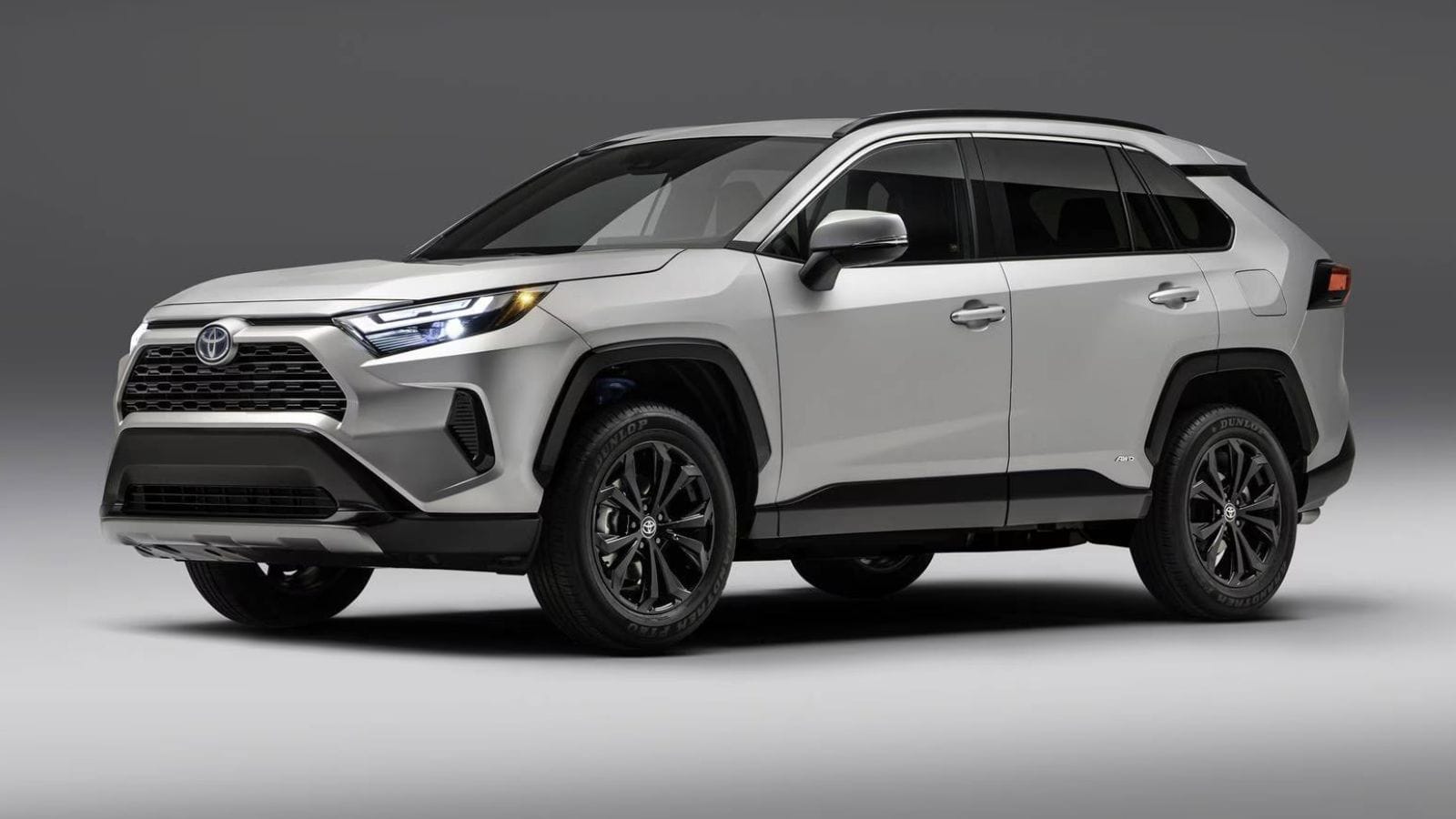
As Canada’s top-selling SUV, the RAV4 is usually praised for reliability, but parts delays are undermining that reputation. Backorders on hybrid batteries, touchscreen units, and even simple body components are becoming increasingly common. The RAV4’s global production footprint means Canadian repairs often depend on parts from Japan, the U.S., and Mexico, which are all areas facing slowdowns or trade complications. Wait times for hybrid-specific components can leave owners without their vehicle for weeks, dealerships are overwhelmed, and even third-party garages struggle.
Honda CR-V
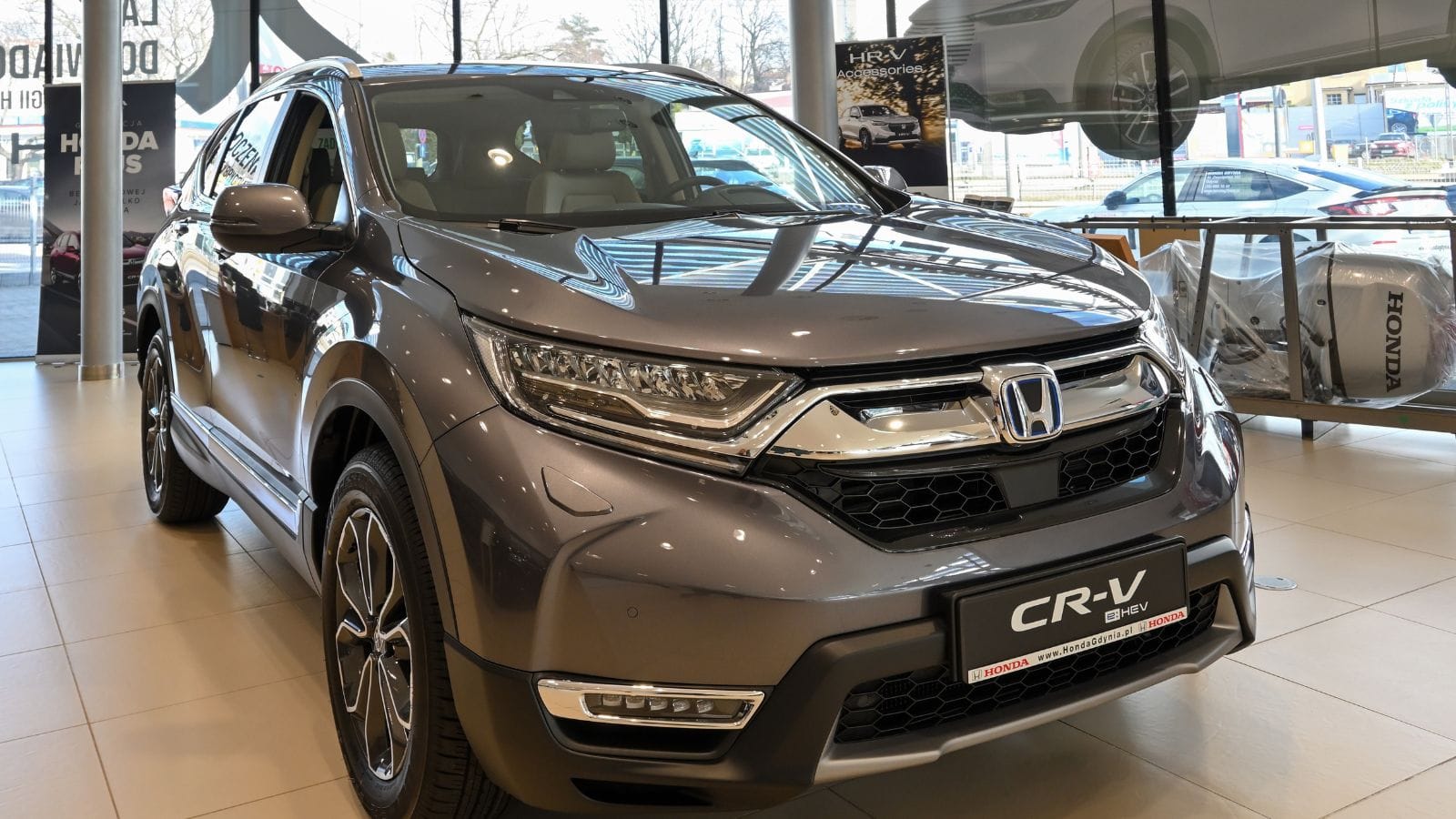
The CR-V is one of the most trusted family vehicles in the country, but parts delays are testing that trust. From air conditioning compressors to backup cameras and even seatbelt sensors, common components are frequently out of stock. Much of this is due to production gaps at overseas facilities and a growing backlog at Canadian ports. Even routine maintenance is being delayed when simple parts, like filters or brake pads, are not available. Mechanics warn that the CR-V’s popularity has become a double-edged sword, as more vehicles on the road mean more demand for scarce parts.
Chevrolet Silverado 1500
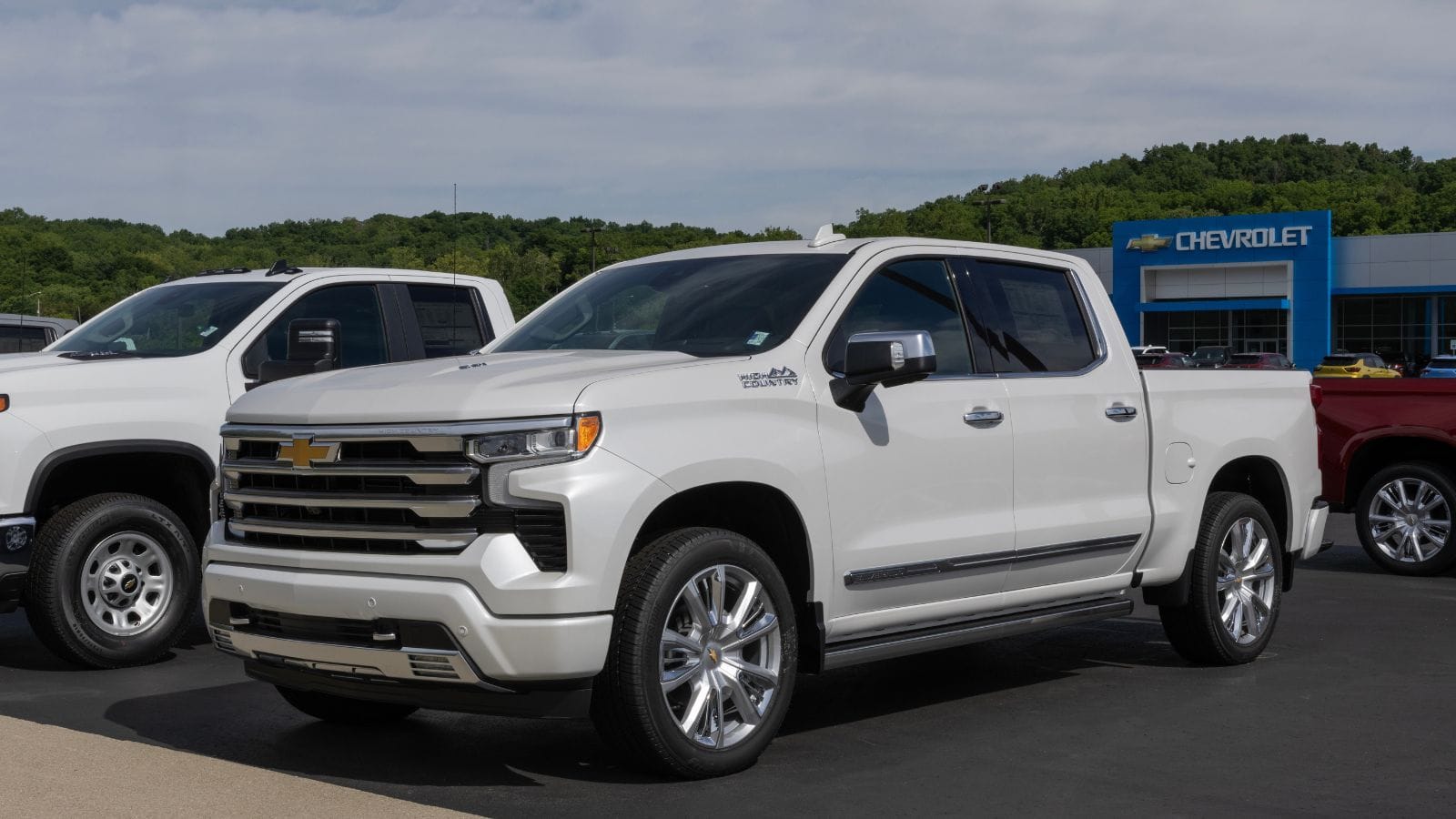
The Silverado is another work truck hit hard by parts supply chain gridlock. Canadian owners are reporting delays in getting everything from steering columns to infotainment systems, especially in higher trims. The shortage of semiconductors has caused ripple effects across GM’s repair ecosystem, leaving trucks idle for extended periods. Many parts originate from the U.S. or Mexico, where factory disruptions and border logistics have snarled delivery times. Independent mechanics say they’re now advising Silverado owners to brace for extended downtime, even for routine service.
Hyundai Tucson
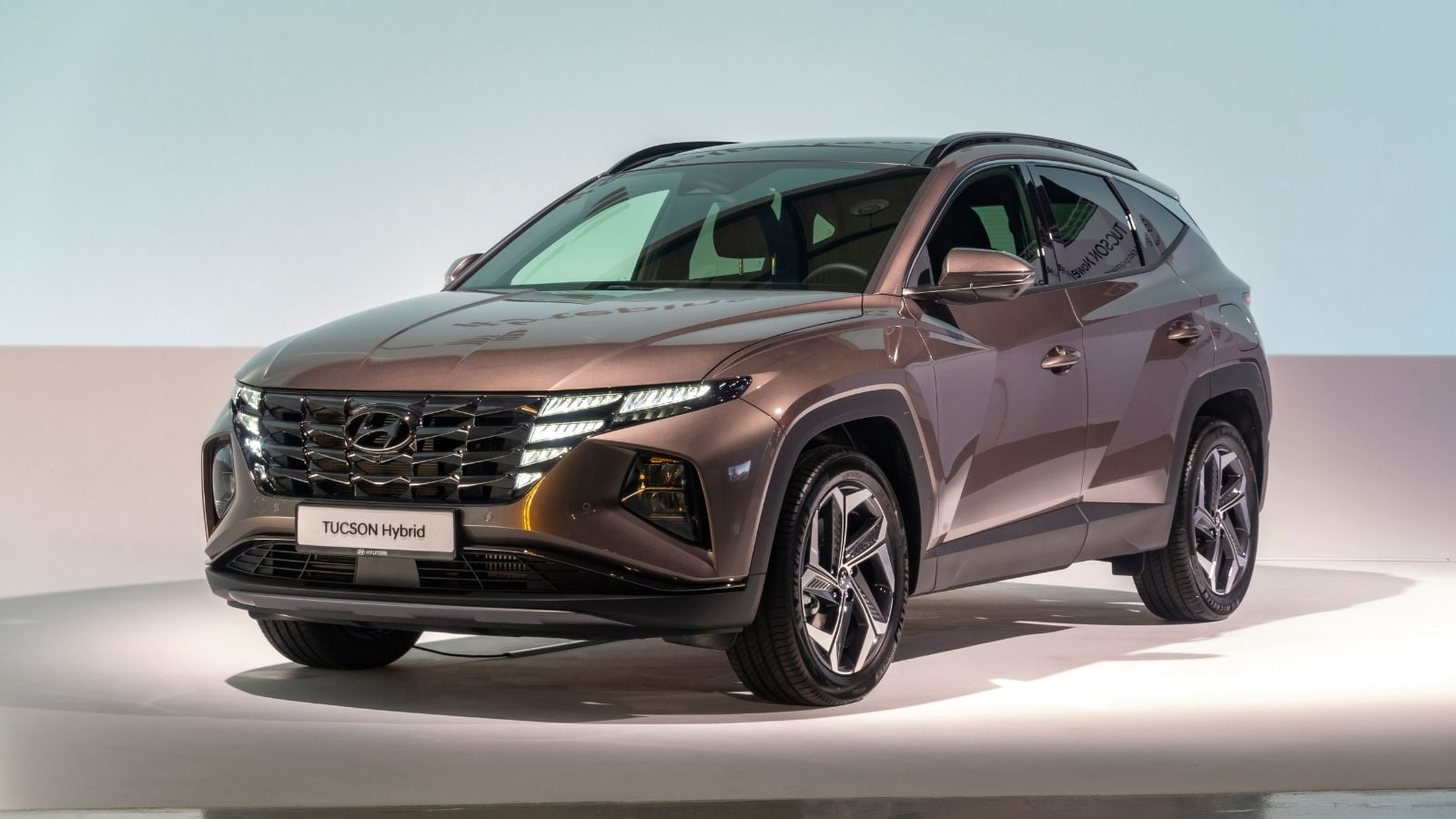
Hyundai’s popular Tucson is facing unusually long wait times for electronic parts like ABS modules, radar sensors, and navigation units. Much of the vehicle’s tech is manufactured in South Korea and China, which are regions still recovering from manufacturing slowdowns. Owners are also reporting shortages in basic body parts like bumpers and hoods, making even minor accidents a multi-month ordeal. Some repair shops have resorted to cannibalizing used Tucsons to keep clients moving.
Volkswagen Tiguan
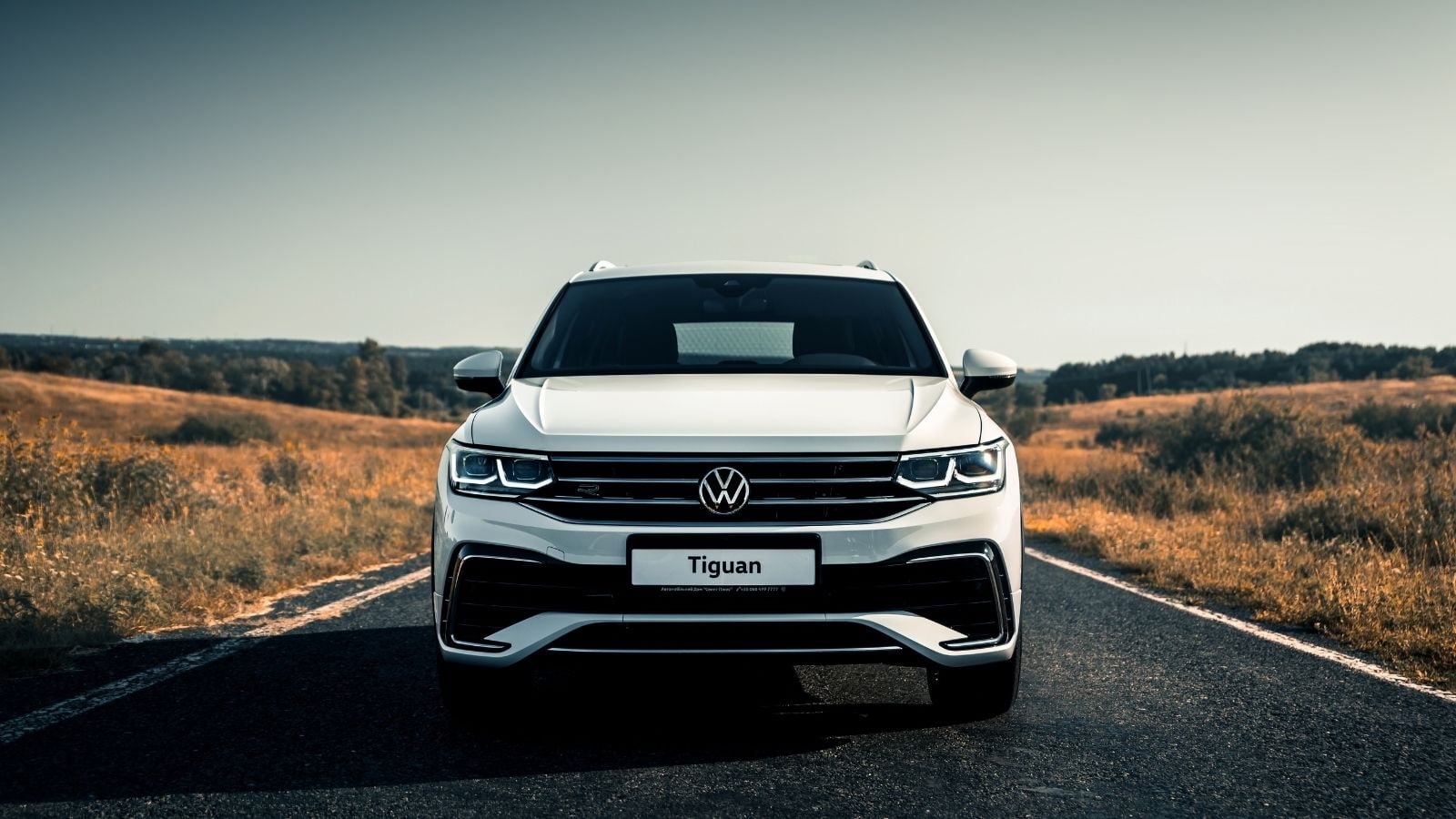
The Tiguan’s European engineering has become a liability in the current supply chain mess, as Canadian owners are struggling to get replacement parts ranging from catalytic converters to turbochargers and engine sensors. With many components coming directly from Germany or Eastern Europe, even minor repairs are now taking up to two months. Dealerships are running short on loaner vehicles, and some drivers are being forced into expensive rental cars to stay mobile.
Subaru Outback
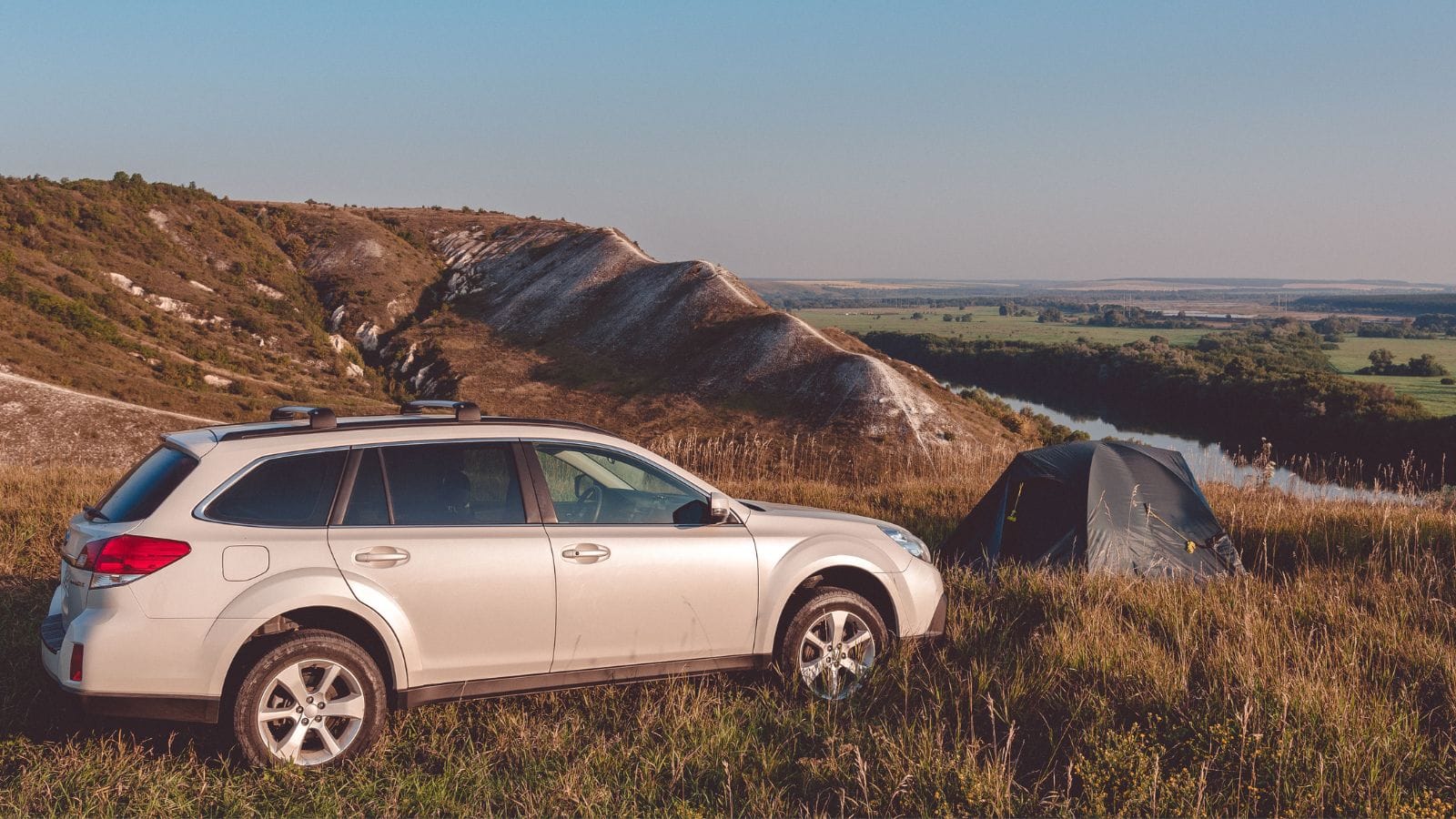
The Subaru Outback, long favored for its reliability and all-weather capability, is now showing strain due to parts delays. Transmission components, infotainment displays, and even windshield replacements are proving hard to source, and much of Subaru’s supply chain runs through Japan, where pandemic-related production gaps still reverberate. Some Canadian shops are warning owners that a cracked windshield might leave their vehicle parked for weeks due to sensor calibration issues and glass shortages.
Nissan Rogue
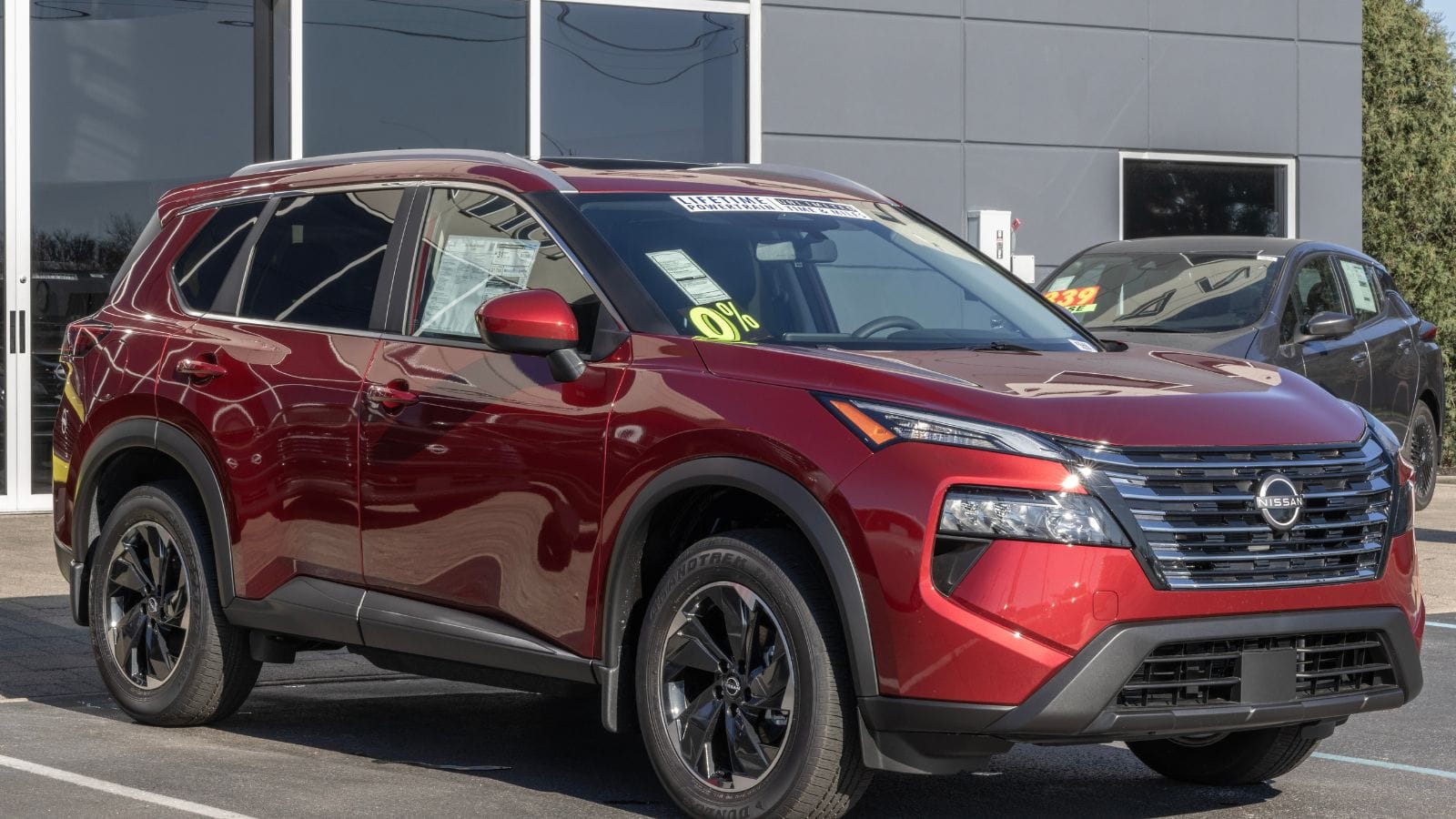
Nissan’s Rogue is known for affordability and solid performance, but a logjam of key parts has left Canadian drivers fuming. Current shortages include camera systems, CVT components, and wheel hub assemblies. With Nissan’s North American factories stretched and tariff tensions impacting import flow, dealerships are struggling to honor warranty repairs in a timely fashion, while even simple trim pieces are backordered. Owners who once praised the Rogue’s practicality are now facing weeks-long waits to get their cars back on the road, causing many to think twice before recommending the brand.
Tesla Model 3
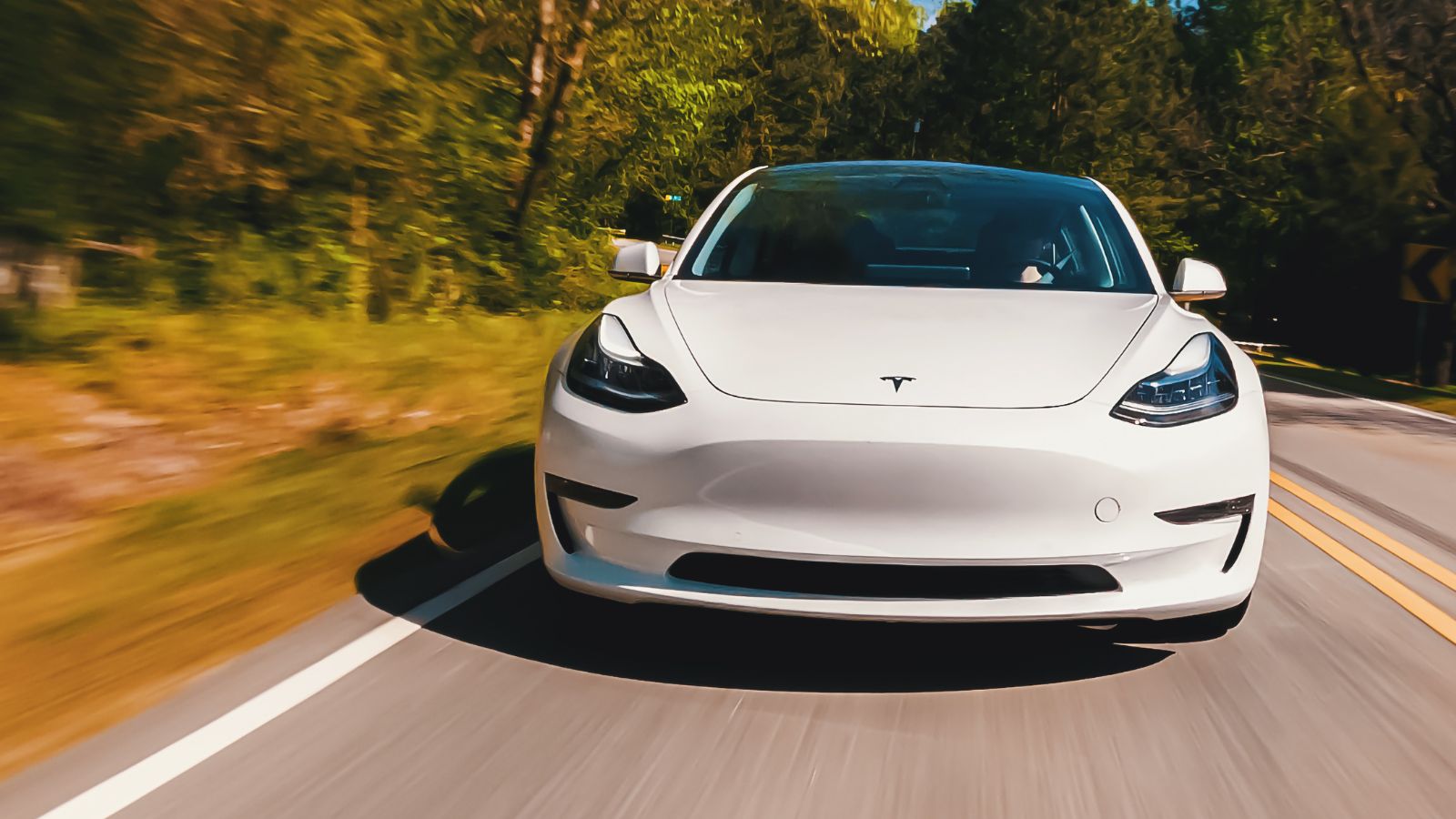
Tesla’s direct-to-consumer model hasn’t shielded it from supply chain chaos. Model 3 drivers across Canada are facing long delays on parts like bumpers, headlights, door handles, and touchscreens, while body shops certified to repair Teslas report that even small accidents now require 4-8 week part delivery windows. While over-the-air updates help with some issues, physical repairs are often stalled due to limited parts inventory. Add tariffs on Chinese-made components, and costs are increasing too, as the Tesla promise of futuristic ownership is clashing with the old-world problem of waiting weeks for a piece of plastic or a sensor.
Mazda CX-5
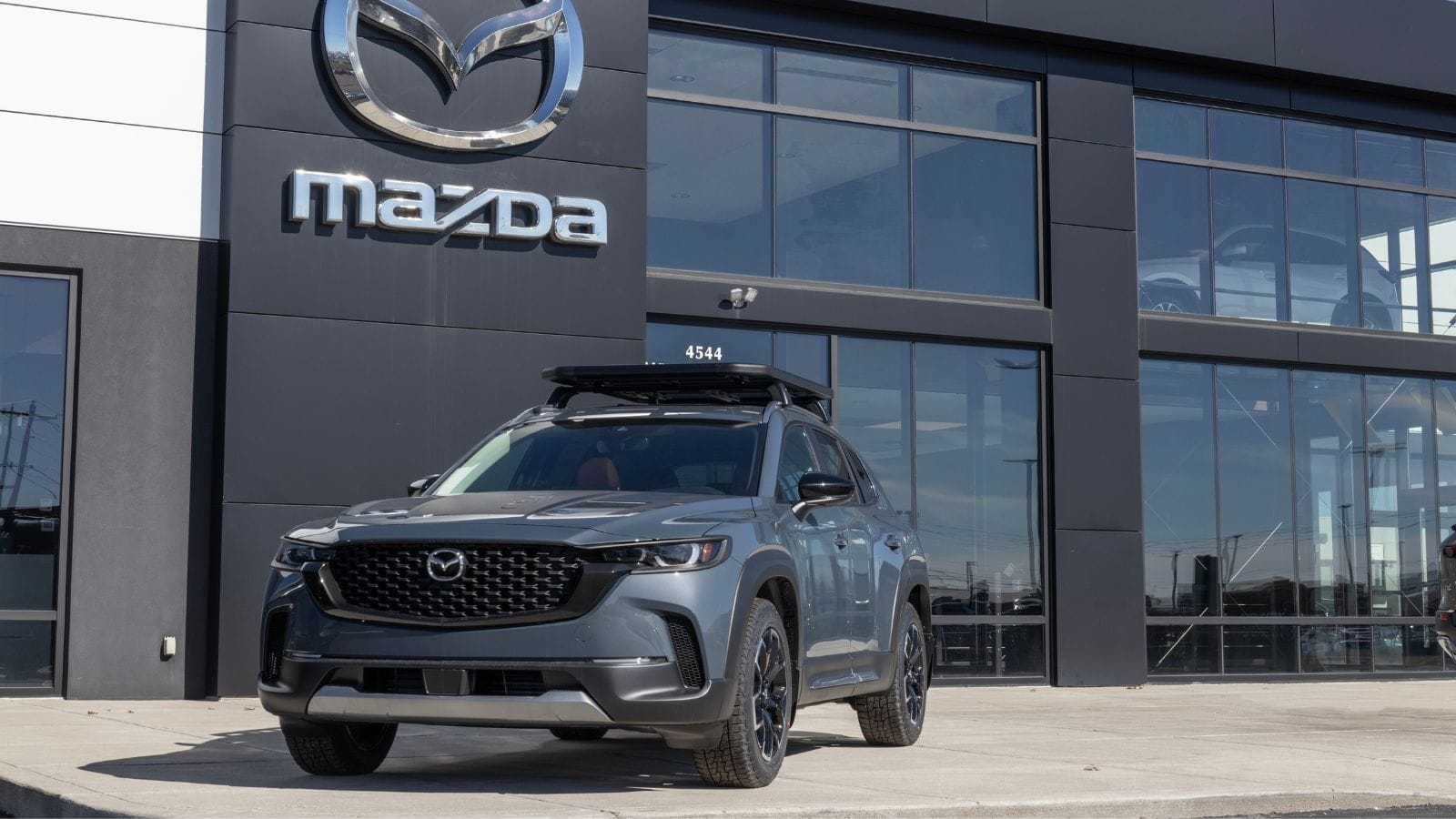
Mazda’s popular CX-5 is another casualty of global sourcing gone awry. Canadian service centers are seeing shortages in fuel pumps, oxygen sensors, and suspension components, which are all sourced from a mixture of Japanese and American factories. Even high-volume wear-and-tear parts are becoming tricky to restock. Add in Mazda’s relatively smaller footprint in Canada compared to Toyota or Honda, and the parts pipeline can dry up fast. For families who choose the CX-5 for low hassle and dependability, the current supply situation is anything but reassuring.
Jeep Wrangler
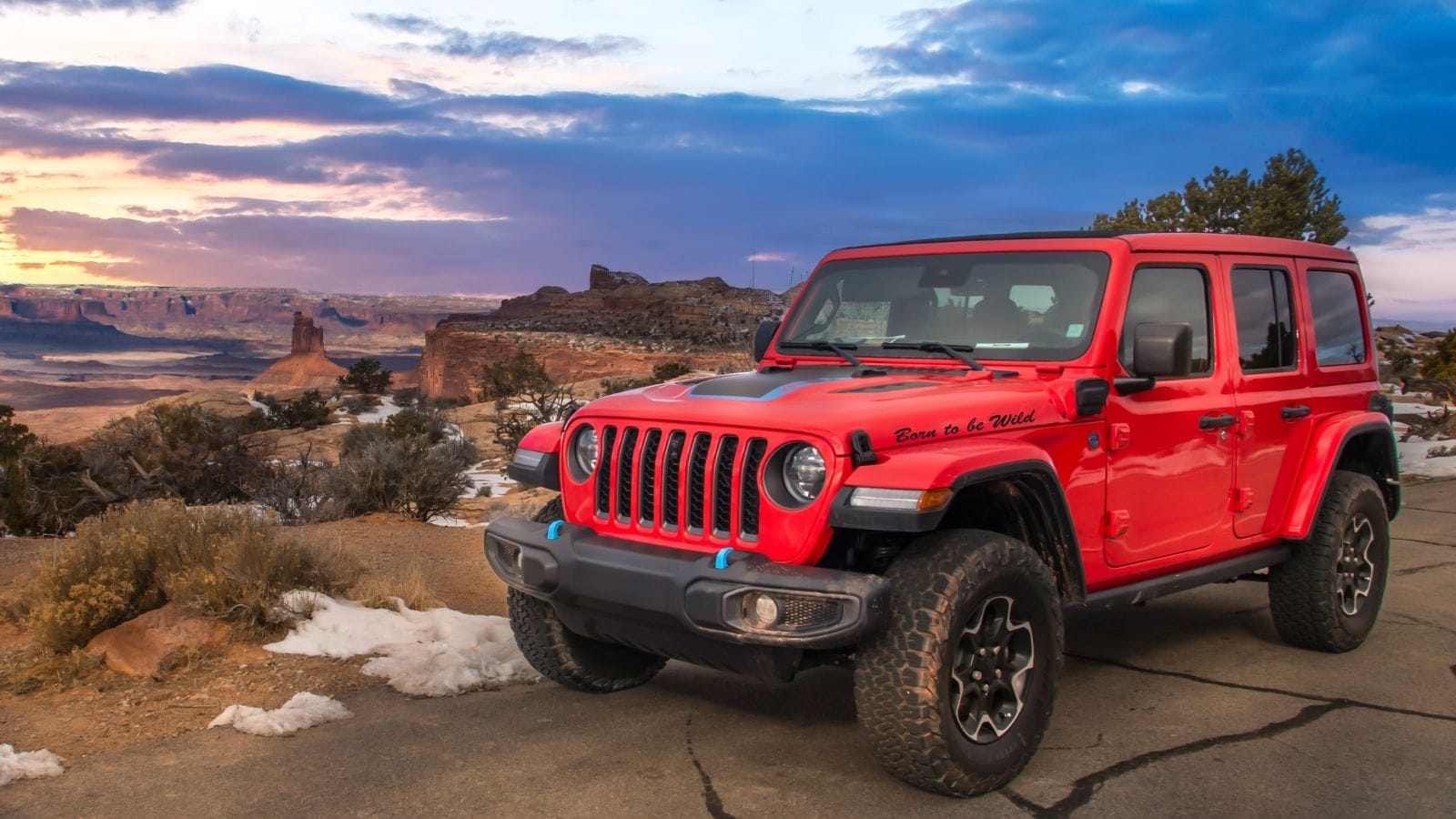
The rugged Jeep Wrangler is not immune to fragile global logistics. Owners are facing lengthy delays for suspension components, off-road accessories, and even basic parts like door hinges and brake calipers. Much of the Wrangler’s hardware is manufactured across North America, but key electronics and driveline components come from overseas. Canadian dealers have seen warranty work stall as parts arrive weeks late, and with tariffs driving up U.S. import costs, even small repairs are becoming unexpectedly expensive.
Kia Sportage
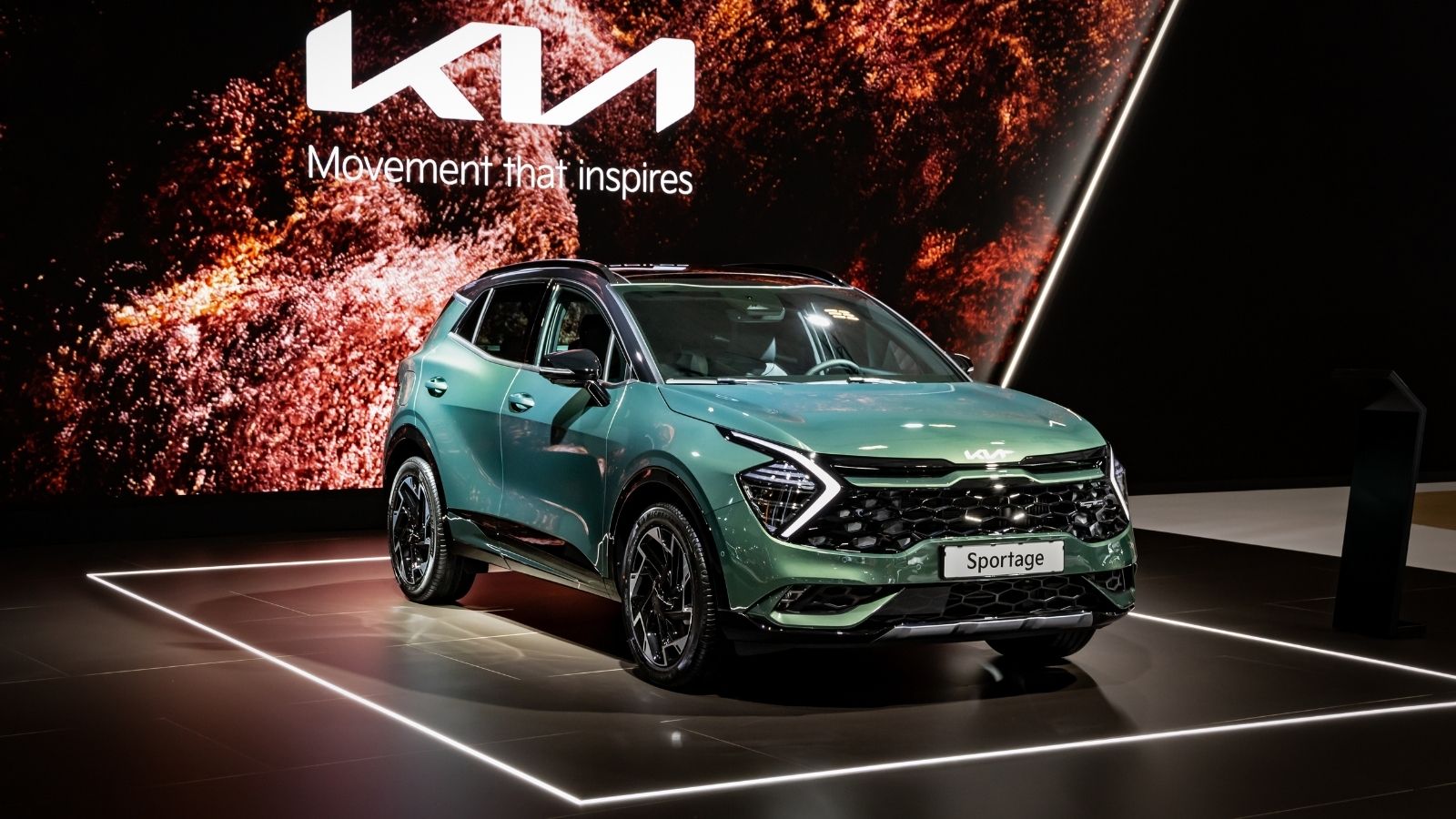
The Kia Sportage has gained traction in Canada for its affordability and sharp design, but its reliance on South Korean supply chains is now a drawback. From touchscreens and headlight assemblies to powertrain sensors and airbag modules, parts are increasingly tied up in bottlenecks at Pacific ports. Dealerships in Ontario and B.C. report common repair parts being on backorder for six weeks or more, and with demand rising and supply tightening, Canadians are being told to wait or pay premium prices to fast-track shipping.
Ram 1500
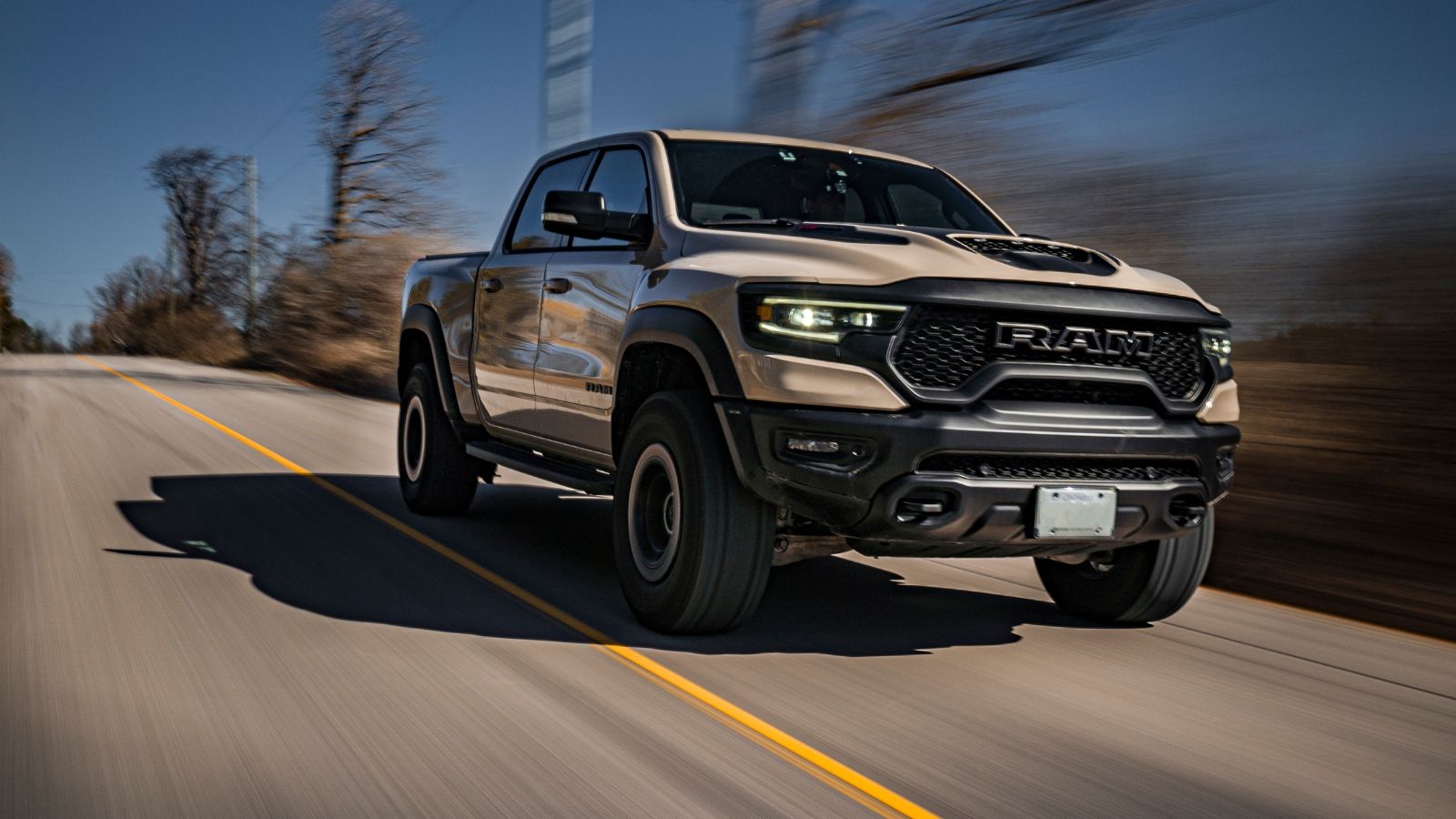
The Ram 1500 is a staple for Canadian tradespeople and rural drivers, but parts availability is grinding this heavy-duty favorite to a halt. Shortages include exhaust sensors, infotainment screens, and even door locks, as much of the supply issue stems from complex manufacturing spread across Mexico and the U.S., both of which are now caught in tariff disputes and cross-border slowdowns. Diesel engine parts, in particular, are difficult to source on time, and a simple part delay can mean lost income and mounting frustration for many owners.
BMW 3 Series
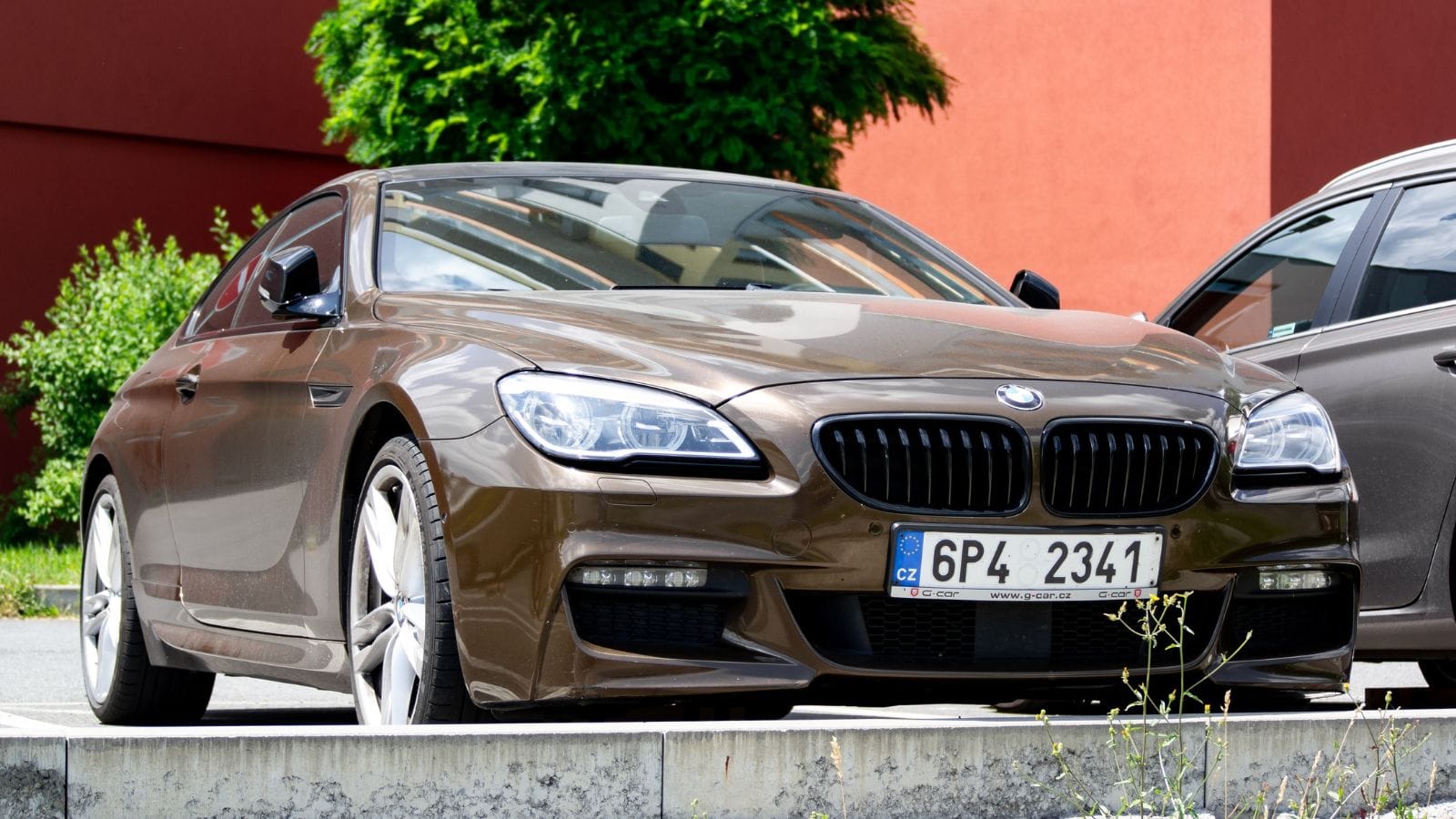
Luxury doesn’t exempt the BMW 3 Series from logistical nightmares, and owners are experiencing months-long waits for adaptive headlight systems, brake rotors, and even door trim. Most parts for the 3 Series originate in Germany or Austria, and the added burden of tariffs and freight costs is driving up repair bills. Some Canadian dealers have resorted to salvaging lightly damaged vehicles to keep up with local service demands. For customers who expected premium service from a premium brand, the delays and inflated pricing are putting a dent in the BMW ownership experience.
Chevrolet Equinox
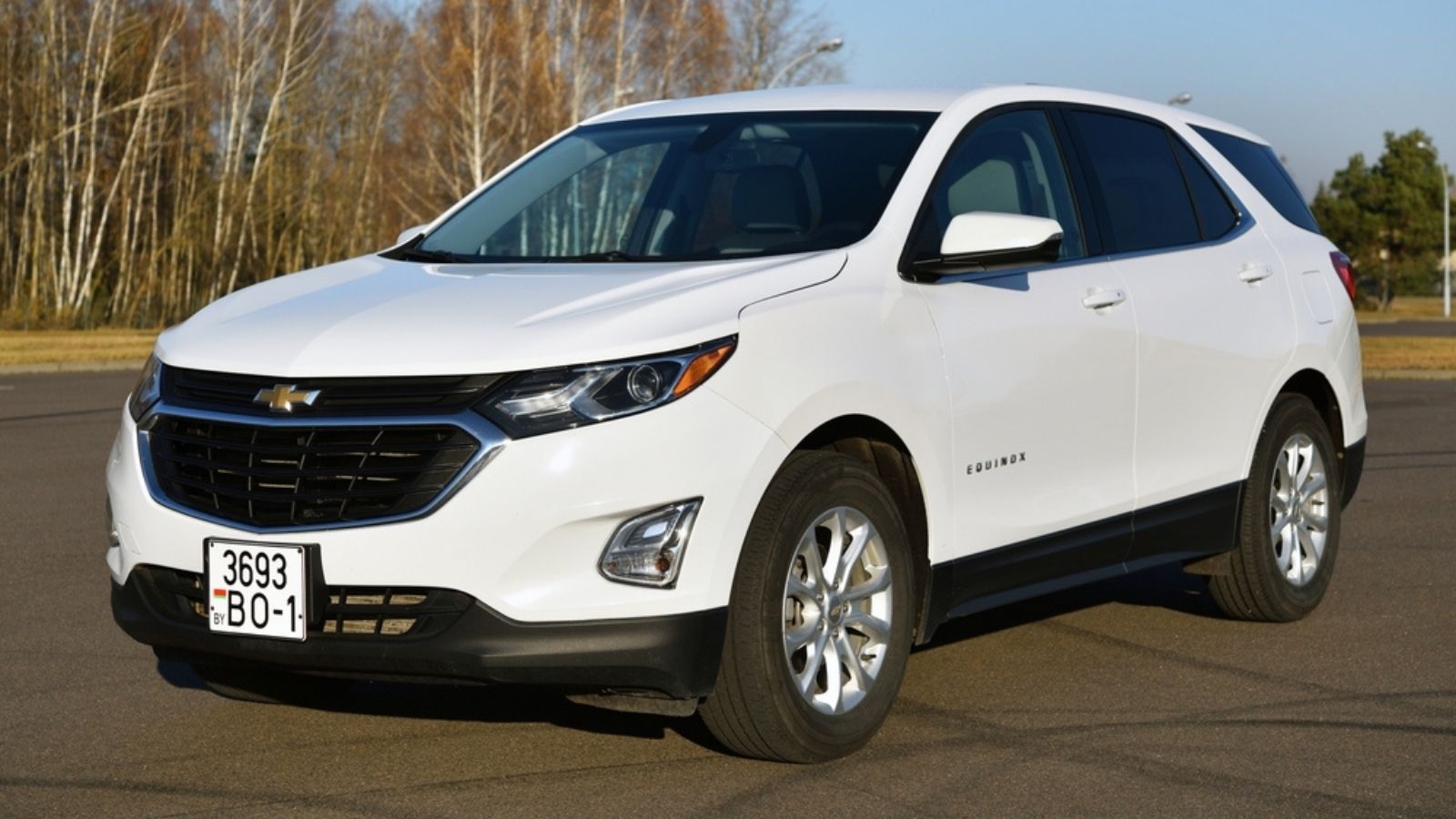
The Equinox is a familiar sight on Canadian roads, but it is starting to develop an unfamiliar problem with delayed repairs. From electronic stability control units to HVAC parts and suspension bushings, essential components are stuck in transit or awaiting production. The Equinox is assembled in Ontario, but its parts depend heavily on global suppliers, meaning that border disruptions and shifting trade policies have made Canadian-built cars just as vulnerable as imports. With GM repair networks under pressure, owners are often left waiting.
Acura RDX
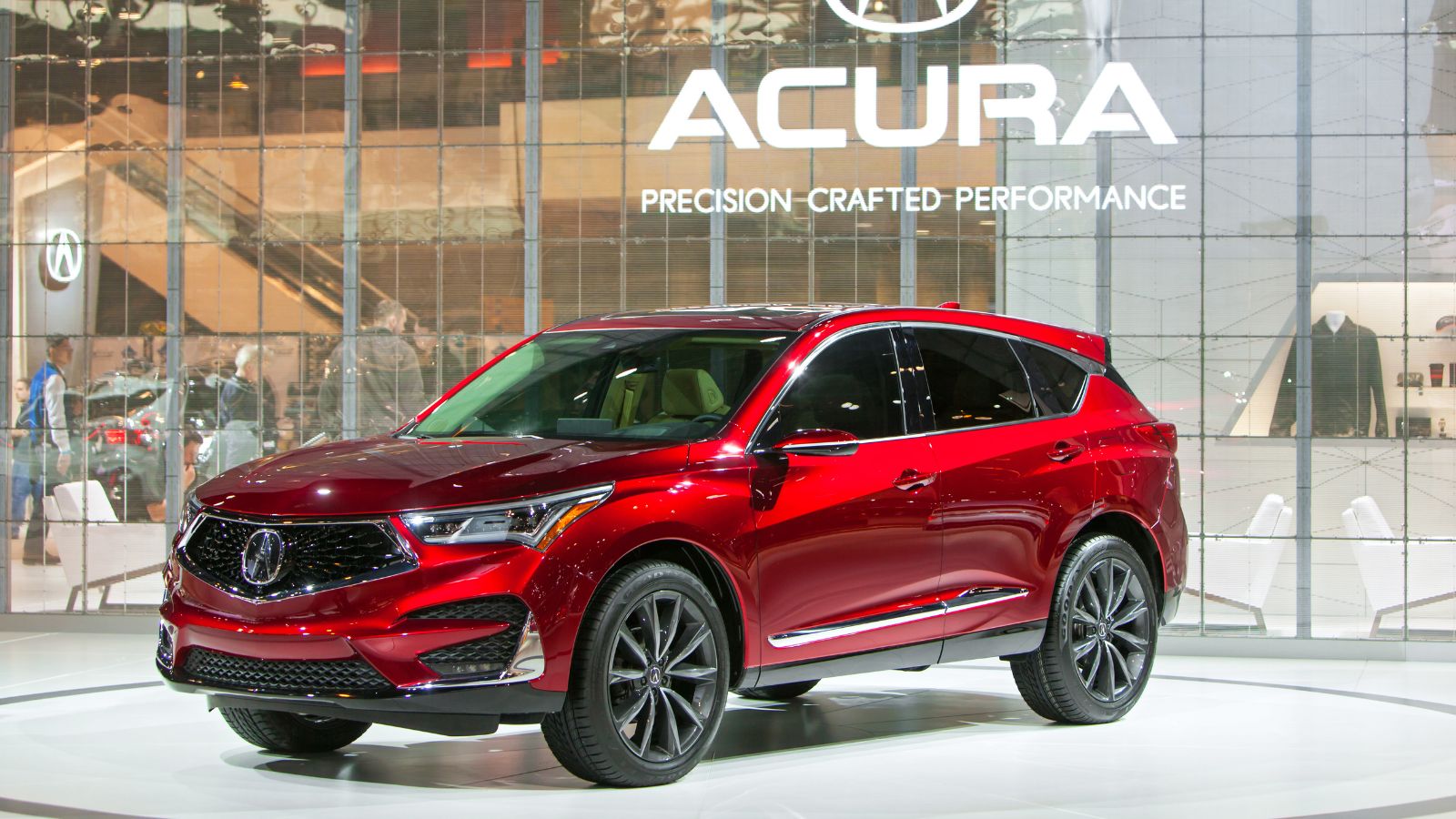
Acura’s RDX crossover is a luxury-leaning favorite among Canadian buyers, but its dependence on Japanese and American suppliers is now a major concern. Turbo components, mirror assemblies, and driver-assist hardware are increasingly backordered, and even cosmetic parts like door panels and grilles are taking six to eight weeks to arrive. Acura’s premium customer service is taking a hit, with some dealerships unable to provide accurate ETAs for parts. As tariff uncertainties linger, high-end buyers are starting to reconsider whether the RDX still offers the reliability and responsiveness they were promised.
GMC Terrain
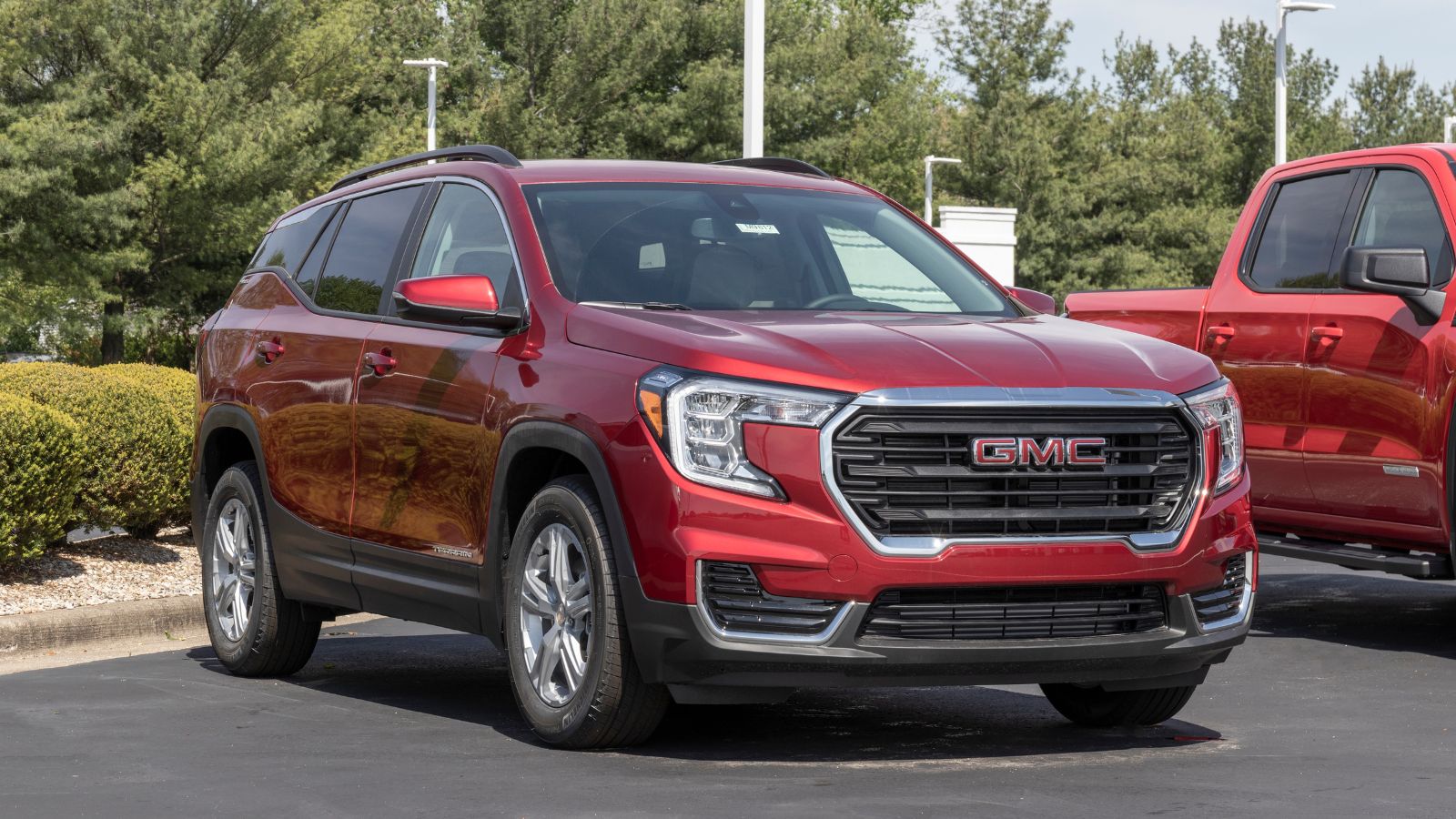
The GMC Terrain shares much of its DNA with the Equinox, and unfortunately, that includes supply issues. Canadian owners are struggling to find parts for drivetrain repairs, infotainment screens, and advanced safety features. The Terrain’s parts often originate from a patchwork of U.S., Mexican, and offshore factories, and delays at every stage, from port congestion to new tariffs, are creating a perfect storm. Independent shops warn that even if a needed part is in stock, getting it shipped across borders can take weeks.
Audi Q5
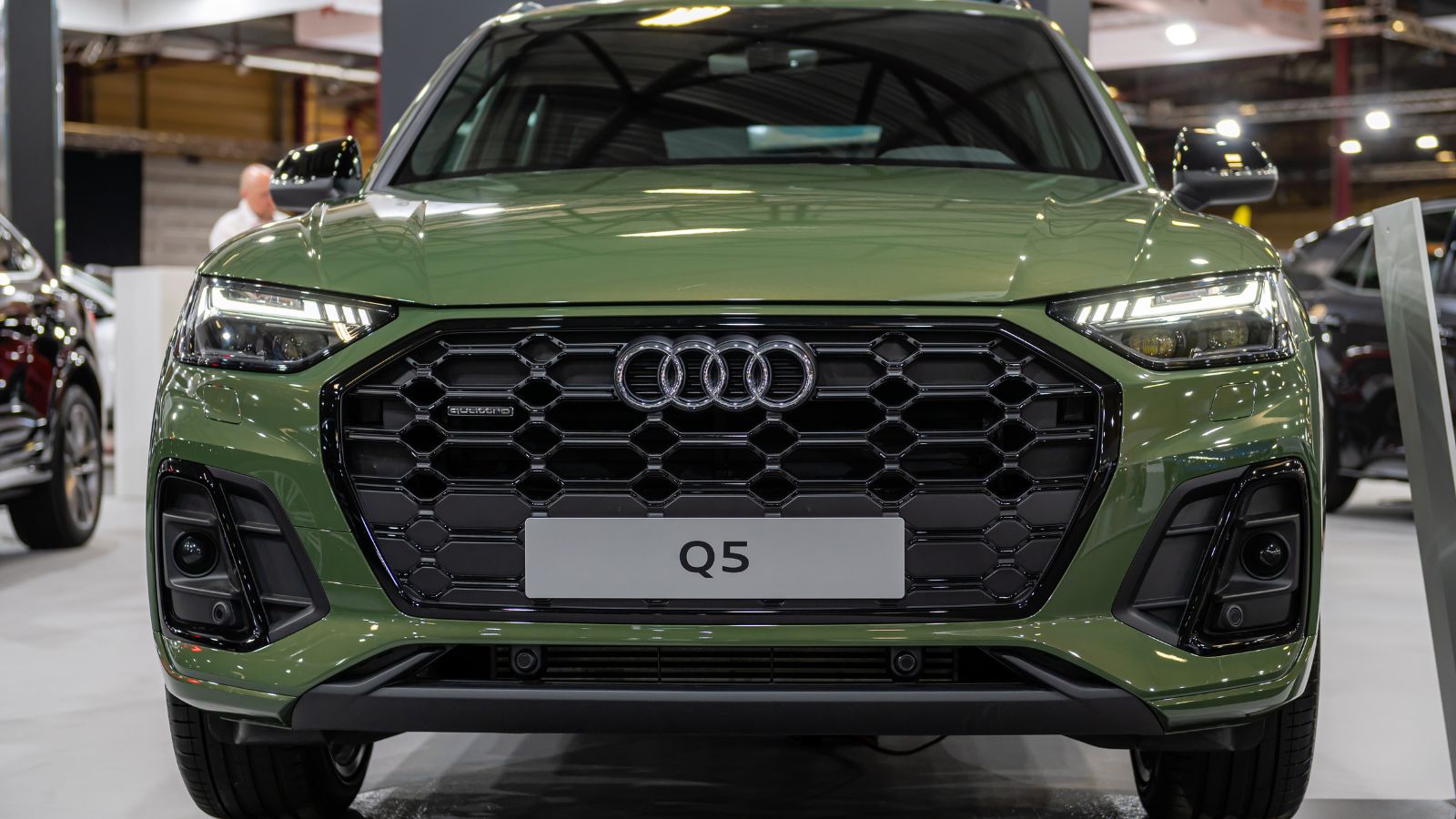
Audi’s bestselling Canadian model is now trapped in its own premium parts crisis as components like all-wheel-drive control modules, LED light units, and digital gauge clusters are on multi-month backorder. As Audi relies heavily on German and Eastern European manufacturing, Canadian customers are feeling the brunt of overseas factory slowdowns and higher import costs. Even simple collision repairs are being delayed due to paint shortages and calibration equipment. Owners who chose the Q5 for its precision engineering are learning that luxury without parts access is just an expensive waiting game.
Chrysler Pacifica
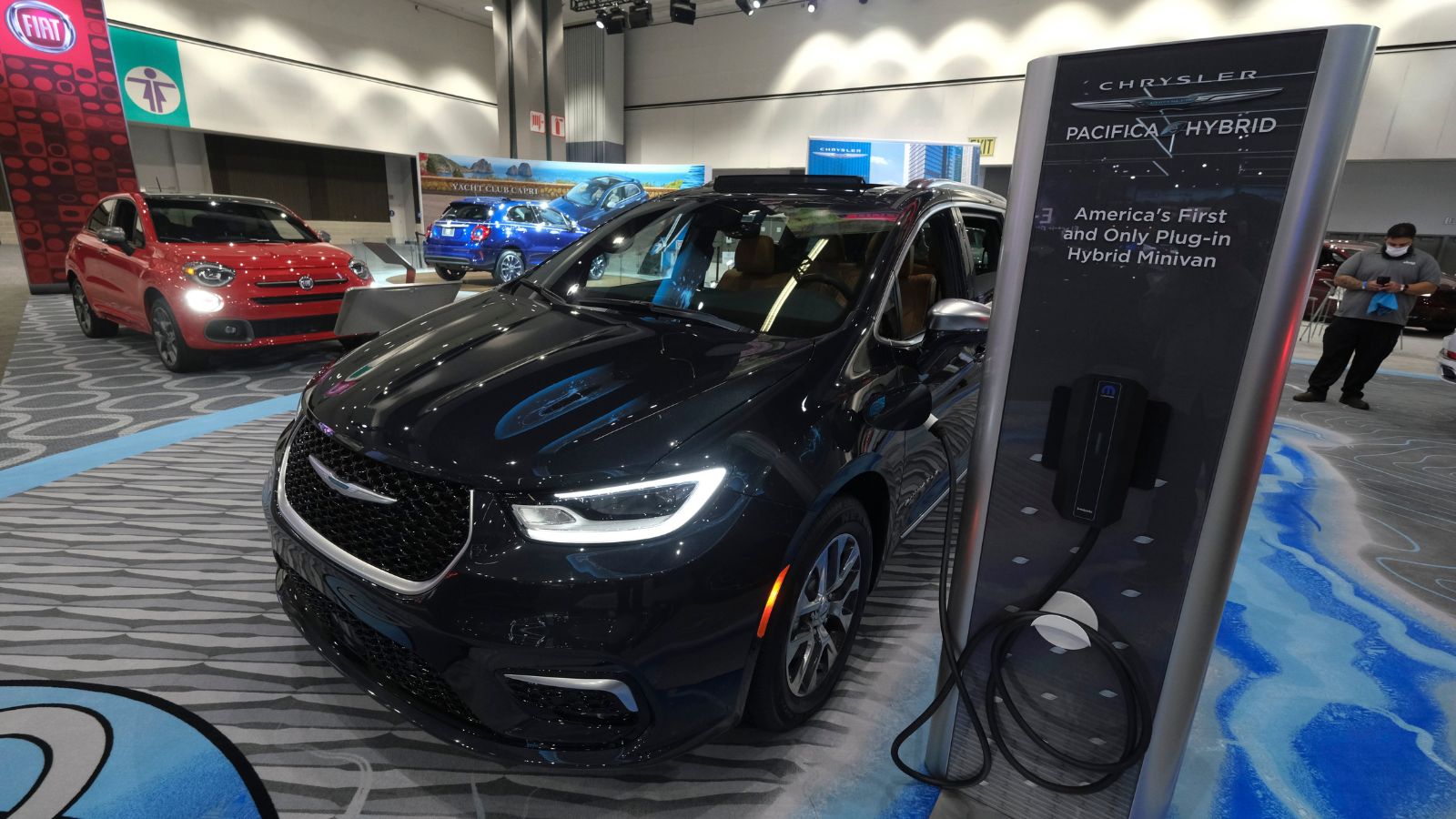
Canada’s go-to minivan is now caught in gridlock, with delays on sliding door motors, hybrid battery packs, and rearview cameras. Families relying on the Pacifica for everyday errands are now facing multi-week repair times for issues that used to be fixed in days. The hybrid version is especially vulnerable, with some critical components produced in Asia or the U.S., and both facing production slowdowns. Chrysler dealerships are asking for patience, but some families are left rethinking their next minivan purchase altogether.
Volvo XC60
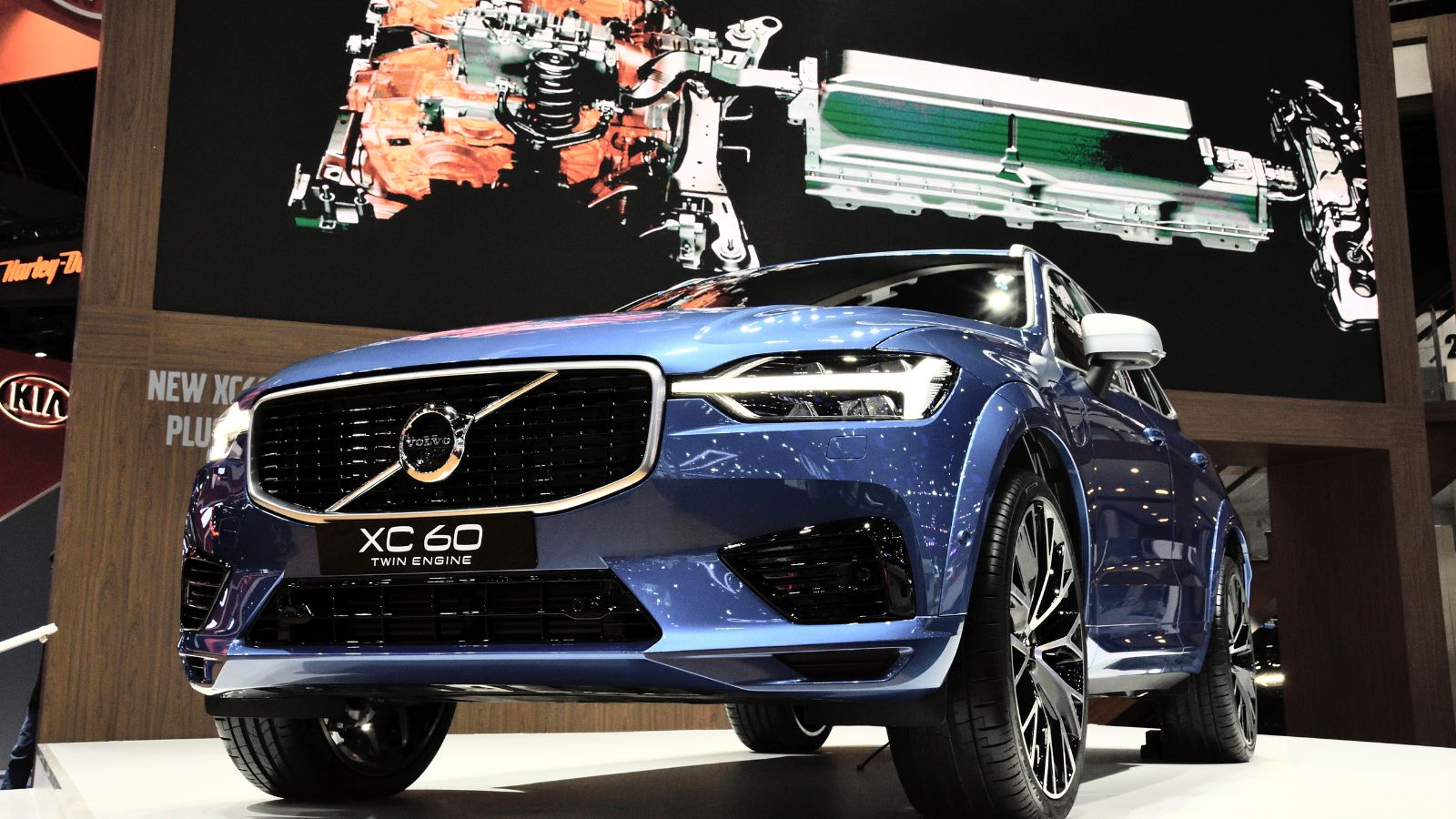
Volvo’s XC60 blends Scandinavian design with modern tech, but the supply chain mess has stripped it of reliability. Backorders now affect everything from radar sensors and engine mounts to even seat adjustment controls. Much of the vehicle’s advanced safety hardware is manufactured in Europe and shipped via congested transatlantic routes. Canadian owners, especially in colder provinces, are also struggling with heater core shortages during seasonal transitions, and for those who bought a Volvo expecting efficiency and peace of mind, the current repair climate has added more financial stress that is impacting their premium driving experience.
21 Products Canadians Should Stockpile Before Tariffs Hit

If trade tensions escalate between Canada and the U.S., everyday essentials can suddenly disappear or skyrocket in price. Products like pantry basics and tech must-haves that depend on are deeply tied to cross-border supply chains and are likely to face various kinds of disruptions
21 Products Canadians Should Stockpile Before Tariffs Hit
